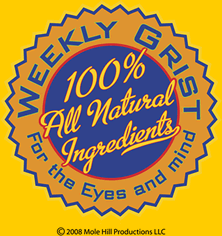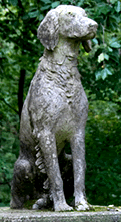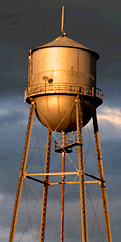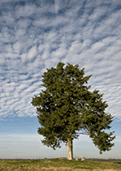|
|
|
|
 |
|
|
|


Sunday, July 11, 2010 The first time I saw downtown Cornerstone, Arkansas, in the mid-sixties there wasn't much to see. A couple of stores and a house or two — and that was about it. Down the road a quarter mile or so in the Cornerstone suburbs and industrial district was the Cornerstone Gin. Cornerstone is still that way. The two stores are still there. One of them, the one you see featured this week, is alive. The one across the street has long since gone silent. Once there was an implement store but it's empty now. And the gin is no longer active.  North a mile or so is Cornerstone’s version of the omnipresent Baptist, Methodist, or Missionary Baptist church found in virtually every Delta hamlet. In this case, it's the third choice. The bars on the windows and doors are less than Biblical, but are prima facie evidence that currently, not enough people are interested in the church when the doors are unlocked for services. If you just look at the vestiges of construction that remain — or try to imagine those that ever were — what you see in the Cornerstone community is hardly a blip on anyone's radar. On the other hand, were you to do a 360-degree glimpse at the rest of Cornerstone and its surrounding environs, it becomes a world class community. From horizon to horizon in any direction all you can see is green and gold. Cornerstone sits on top of some of the richest deposits of Mother Earth on the planet. Cornerstone is squarely in the Delta. The soil is so rich and productive you could probably dump a sack of marbles and ball bearings in your back yard garden and they would spout. Less dramatic and imminently more predictable in this neck of the woods, you see mostly rice and corn on its headlong journey to become food and fuel. That was not always so. When I first became familiar with Cornerstone and other agricultural communities in this region, cotton was king. You could see it rising from the delta soil for miles and miles. This is one place in the world where at pickin’ time you could fully understand the term, "The fields are white unto harvest.” Cotton no longer rules the roost, which demonstrates the power and beauty of the soil. Properly nurtured, it will grow about anything. So, despite what non-observant passers-by may think, Cornerstone has seen some major changes to the biggest thing in town. The ground. What was not viewed as viable crops 40 years ago are now the staple of existence. Also, back then it was not necessary to put bars on the doors and windows of the church. "Progress" has a price. Oh, and lest I forget, thanks to the Almighty for providing inclement weather for these shots. The timing at both locations was just about perfect. It is always better to be lucky than good.
N O T E S:
Most of the time, there is more to the Photo of the Week story than can be told in an essay. And most of the time there are more pictures to be seen. Presuming that some folk will enjoy being privy to this trove of information, I have created a blog, “Weekly Grist for the Eyes and Mind,” where I am showing and telling “the rest of the story." There are also some blatantly commercial mentions of some of the things we do to earn our beans and taters. Click on the Weekly Grist logo and go to the blog. — J. D.
 |
|
|
|
|
|

|
|
|
|
CornDancer.com is the personal website of Dr. Freddie A. Bowles and Ebenezer Baldwin Bowles.
CornDancer has participated in the World Wide Web since 2000. Submissions are invited. Contact webmaster at threadspinner@corndancer.com |
|
|
|















